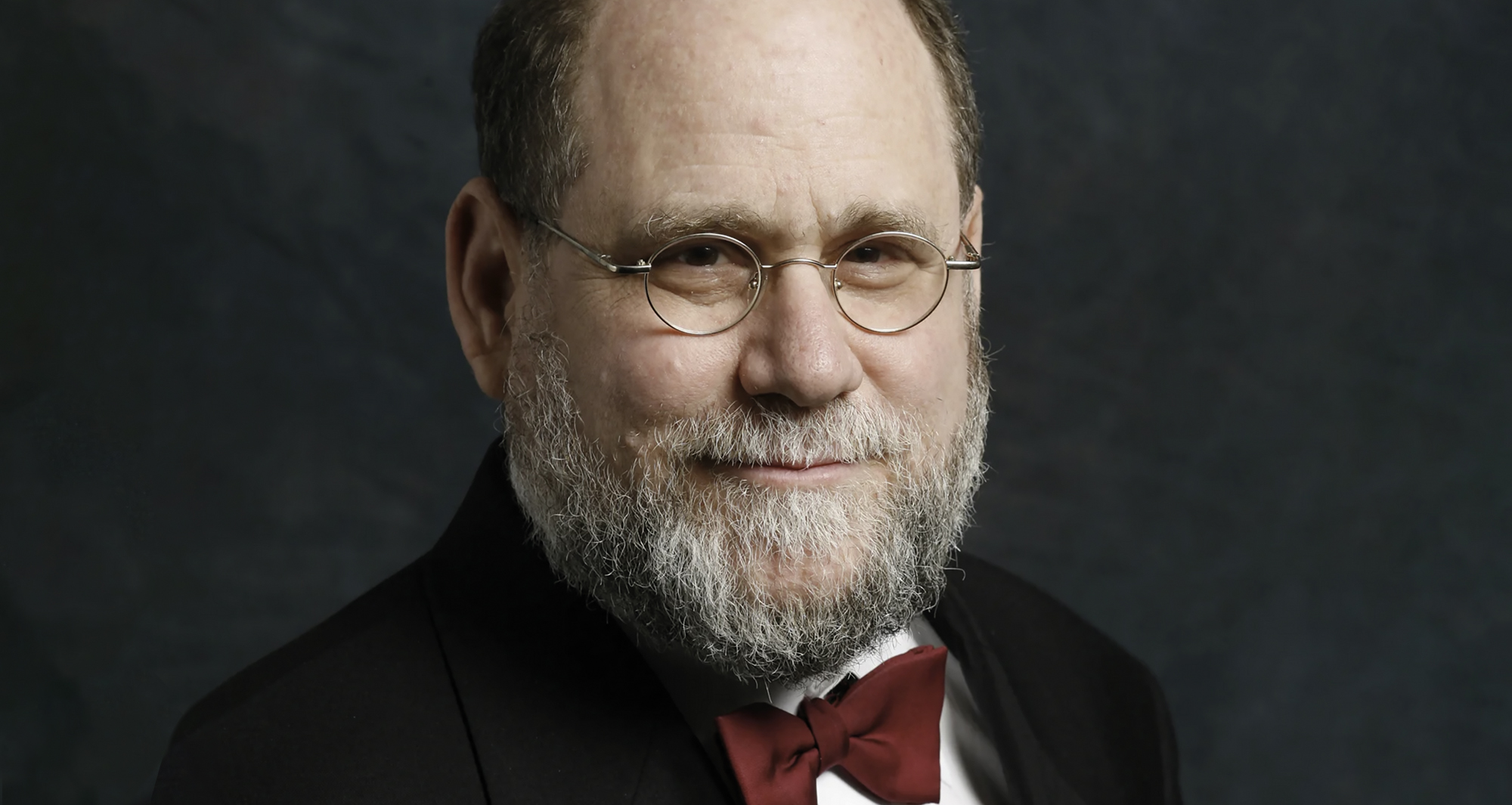
Martin Rapaport: Nel 2025 si assisterà alla rinascita dei diamanti naturali
Nell’intervista esclusiva rilasciata a Prezisoa Magazine, Rapaport ci spiega che il “Il mondo sta andando verso un cambiamento radicale e le condizioni economiche influenzeranno di certo anche l’industria del diamante”
Ad affermarlo è Martin Rapaport, fondatore di Rapaport Group e fervente sostenitore del Kimberley Process Certification Scheme. Iniziò la carriera nel 1975 come apprendista intagliatore di diamanti, ad Anversa per trasferirsi nel ’78 a New York, dove fondò il Rapaport diamond report: un sito web che quotidianamente pubblica la quotazione dei diamanti per gioielleria. È Mr. Rapaport in persona a definire, in una dettagliata intervista, i contorni netti della sua analisi di mercato e la previsione per il 2025 per quella che definisce “industria dei diamanti”.
“In un periodo storico in cui l’incertezza domina i mercati (tra dazi e guerre) e la popolazione, sempre più, si divide tra consumatore del lusso e consumatore “cheap”, l’industria dei diamanti deve fare i conti con le tariffe: il tema più sfidante per il 2025. I diamanti naturali hanno un prezzo che oggi è molto alto mentre quelli Lab grown sono molto poco costosi. Al di là di questo, non so in che modo le politiche del Presidente Trump influiranno, ma di certo serviranno ad aumentare la manifattura interna degli USA. Urge, senza dubbio, che gli Stati interessati dai dazi, vadano ad un tavolo di negoziazione con l’America perché la bilancia del commercio è molto delicata in questo momento, ancor più se guardiamo alla Cina”.
◗ Cosa accadrà nel 2025?
“Ci sarà la rinascita dei diamanti naturali, perché i diamanti sintetici diventeranno troppo economici per la classe benestante, che tornerà alla vita “normale”. E mi aspetto che i prezzi dei diamanti naturali aumenteranno un po’. È una specie di ciclo “psicologico”: nel lusso, quando i prezzi salgono la domanda cresce e viceversa. Quindi prevedo che i prezzi dei diamanti sintetici faranno il loro corso nella misura in cui anche i loro prezzi al consumo scenderanno in modo significativo. E penso che man mano che il business dei diamanti naturali si riprenderà perché il diamante sintetico sta perdendo di appeal”.

Non escludo che ci sarà una ripresa dell’attività entro il prossimo Natale e questo porterà ad una ancor più netta separazione tra chi sceglierà i diamanti naturali e chi quelli sintetici.
Martin Rapaport
◗ Sotto il profilo generale dell’andamento cosa ci dobbiamo aspettare?
“Ci sono numerosi problemi oltre alle tariffe, relativi ai bilanci finanziari di alcune grandi compagnie ma anche alla pressione sulle società minerarie. Fino ad ora c’è stata dimostrazione di grande resilienza del comparto nell’affrontare i problemi. Non escludo che ci sarà una ripresa dell’attività entro il prossimo Natale e questo porterà ad una ancor più netta separazione tra chi sceglierà i diamanti naturali e chi quelli sintetici. Categorie di diamanti che affrontano e subiscono la concorrenza dei lab grown, subiranno molta pressione”.
◗ Il riferimento va soprattutto al mercato americano che è diviso a metà con una preferenza verso i Lab grown, soprattutto quando si guarda agli anelli di fidanzamento o simili.
“Consumatori e rivenditori del lusso sono il pubblico dei diamanti naturali” afferma.
◗ E per quanto riguarda la tipologia di clientela?
“Negli USA, con i figli del “baby boomer” abbiamo assistito al più grande trasferimento di ricchezza ereditata nella storia dell’umanità. Parliamo di 124 trilioni di dollari, ed eravamo negli anni ‘50. Ora, stiamo verificando un trasferimento molto simile, verso la Generazione X e la Generazione Z: stiamo parlando di 30 trilioni sulla prima e 3 trilioni sull’altra. Denaro che andrà (in eredità) a persone che sono cresciute con un tenore di vita e un potere di spesa alti: la maggior parte di queste persone è andata al college, ha un buon lavoro e guarda a quell’eredità che gli darà modo di acquistare beni di lusso e prodotti di gioielleria, diamanti naturali, ecc… riconquisteranno loro quella fetta di mercato. Noi, produttori e venditori dovremo concentrarci molto anche sul cambiamento di usi e costumi e sulle strategie di marketing per ottenere la tua giusta quota”.
Martin Rapaport: “The world is heading toward a radical change, and economic conditions certainly influence the diamond industry as well”
This statement comes from Martin Rapaport, founder of the Rapaport Group and a strong supporter of the Kimberley Process Certification Scheme. He began his career in 1975 as an apprentice diamond cutter in Antwerp before moving to New York in 1978, where he founded the Rapaport Diamond Report – a website that publishes daily diamond pricing for the jewelry market. In a detailed interview, Mr. Rapaport himself outlines the sharp contours of his market analysis and his 2025 forecast for what he calls the “diamond industry.
“In a historical period where uncertainty dominates the markets (amid tariffs and wars), and the population is increasingly divided between luxury consumers and ‘cheap’ consumers, the diamond industry must reckon with tariffs – one of the most challenging issues for 2025. Natural diamonds are currently very expensive, while lab-grown diamonds are much more affordable. Beyond that, I don’t know exactly how President Trump’s policies will impact the market, but they will certainly boost domestic manufacturing in the U.S. It is crucial that the countries affected by these tariffs sit at the negotiation table with America, as the trade balance is very delicate at this moment, especially when we consider China.”
What will happen in 2025?
“We will see a resurgence of natural diamonds because synthetic diamonds will become too cheap for the wealthy class, which will return to ‘normal’ life. I also expect that natural diamond prices will rise slightly. It’s a kind of psychological cycle: in the luxury market, when prices go up, demand increases, and vice versa. So, I predict that synthetic diamond prices will follow their course, with their consumer prices dropping significantly. And I believe that as the natural diamond business recovers, synthetic diamonds will lose their appeal.”
What should we expect in terms of overall market trends?
“There are numerous issues beyond tariffs, including financial concerns for some major companies and pressures on mining firms. So far, the sector has demonstrated strong resilience in facing these challenges. I wouldn’t rule out a market rebound by next Christmas, which will further sharpen the divide between those who choose natural diamonds and those who opt for synthetics. Diamond categories that compete with lab-grown diamonds will face significant pressure.”
The main reference is the U.S. market, which is currently split, with a preference for lab-grown diamonds, particularly for engagement rings and similar jewelry.
“Luxury consumers and retailers are the natural diamond audience,” he states.
What about the customer demographics?
“In the U.S., with the children of the ‘baby boomers,’ we witnessed the largest transfer of inherited wealth in human history-$124 trillion in the 1950s. Now, we are seeing a very similar transfer to Generation X and Generation Z: $30 trillion for the former and $3 trillion for the latter. This money will be inherited by individuals who have grown up with a high standard of living and significant purchasing power. Most of them have attended college, have well-paying jobs, and see their inheritance as an opportunity to buy luxury goods and jewelry. Natural diamonds will reclaim that segment of the market. As producers and sellers, we must also focus heavily on changing consumer behaviors and marketing strategies to secure our fair share.”

POST COMMENT
Devi essere connesso per inviare un commento.